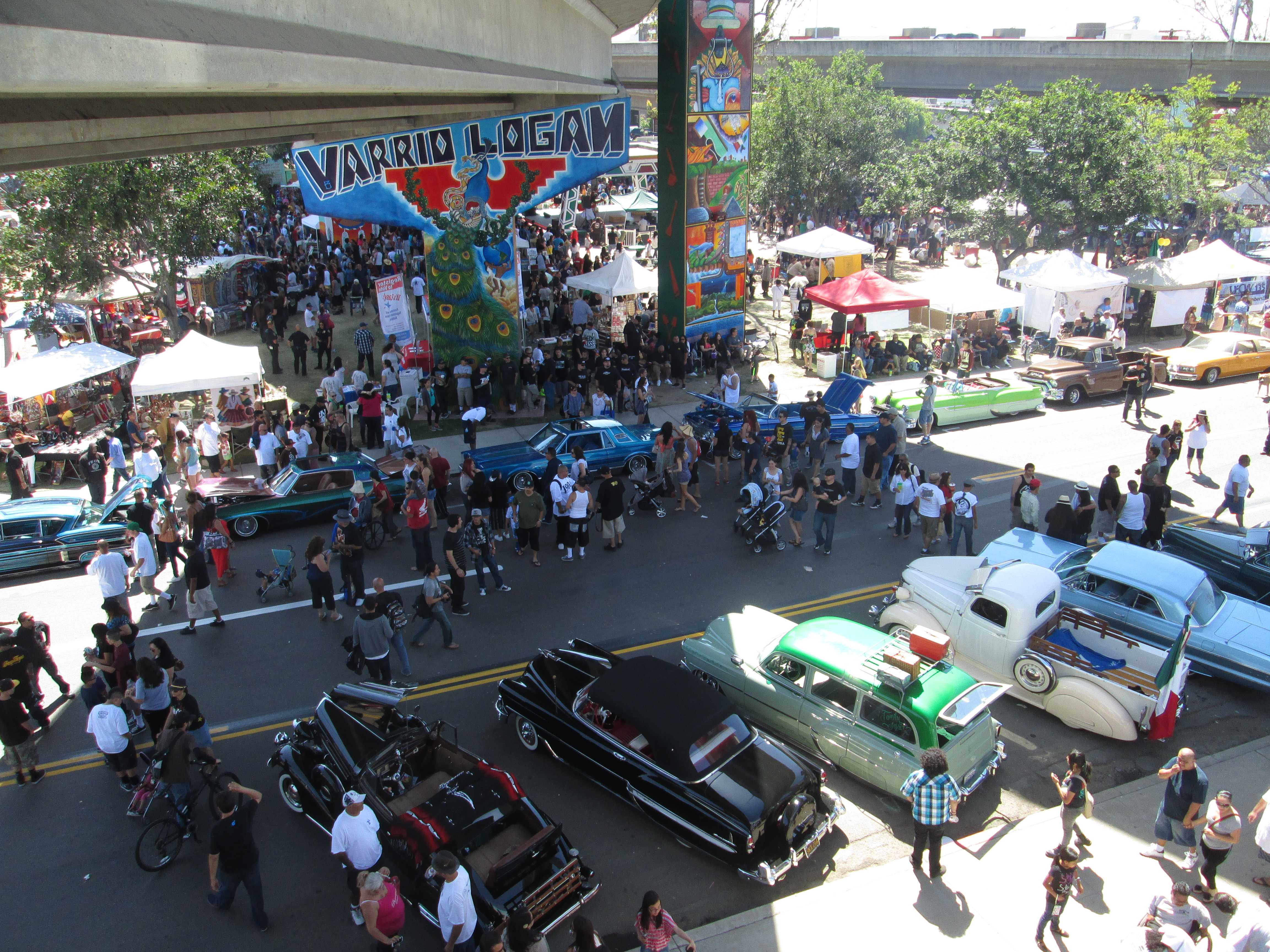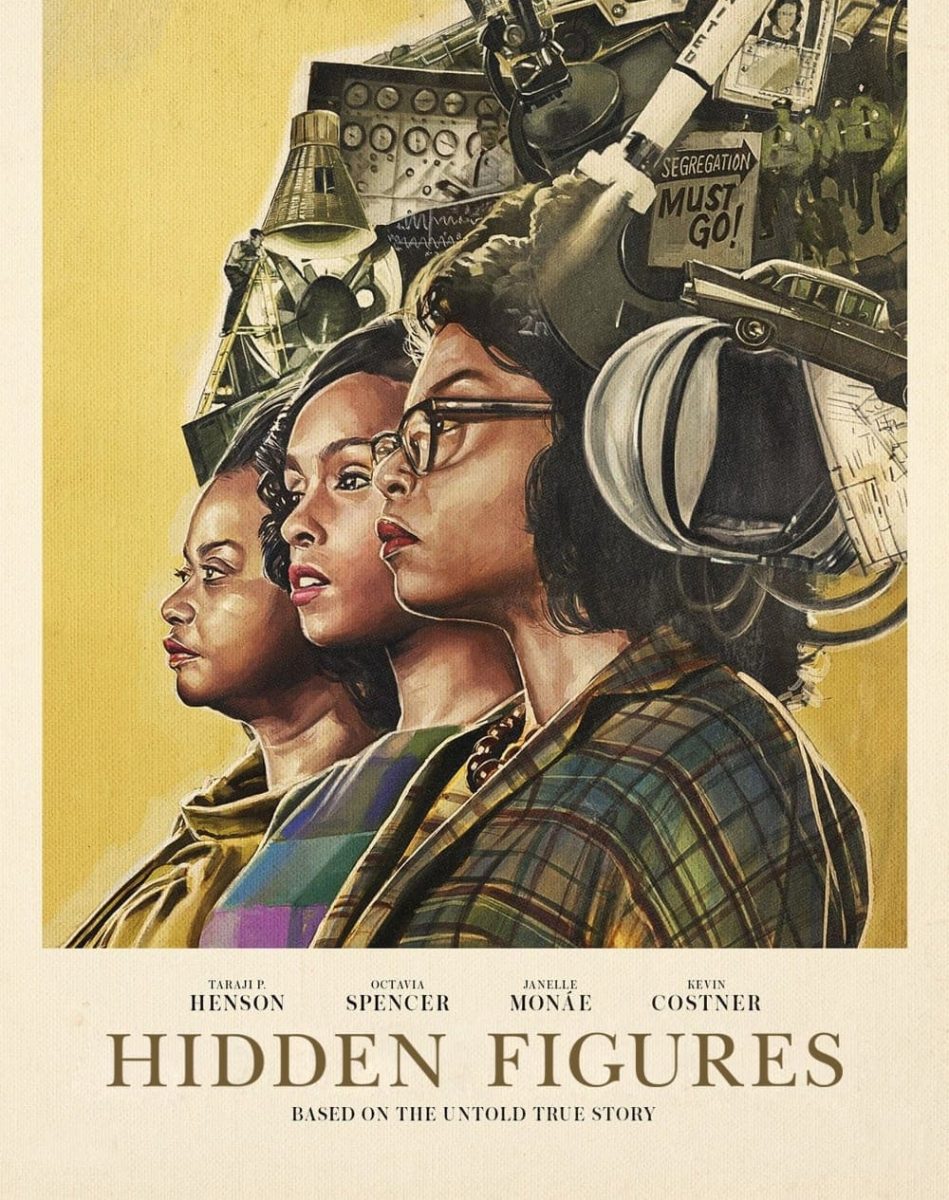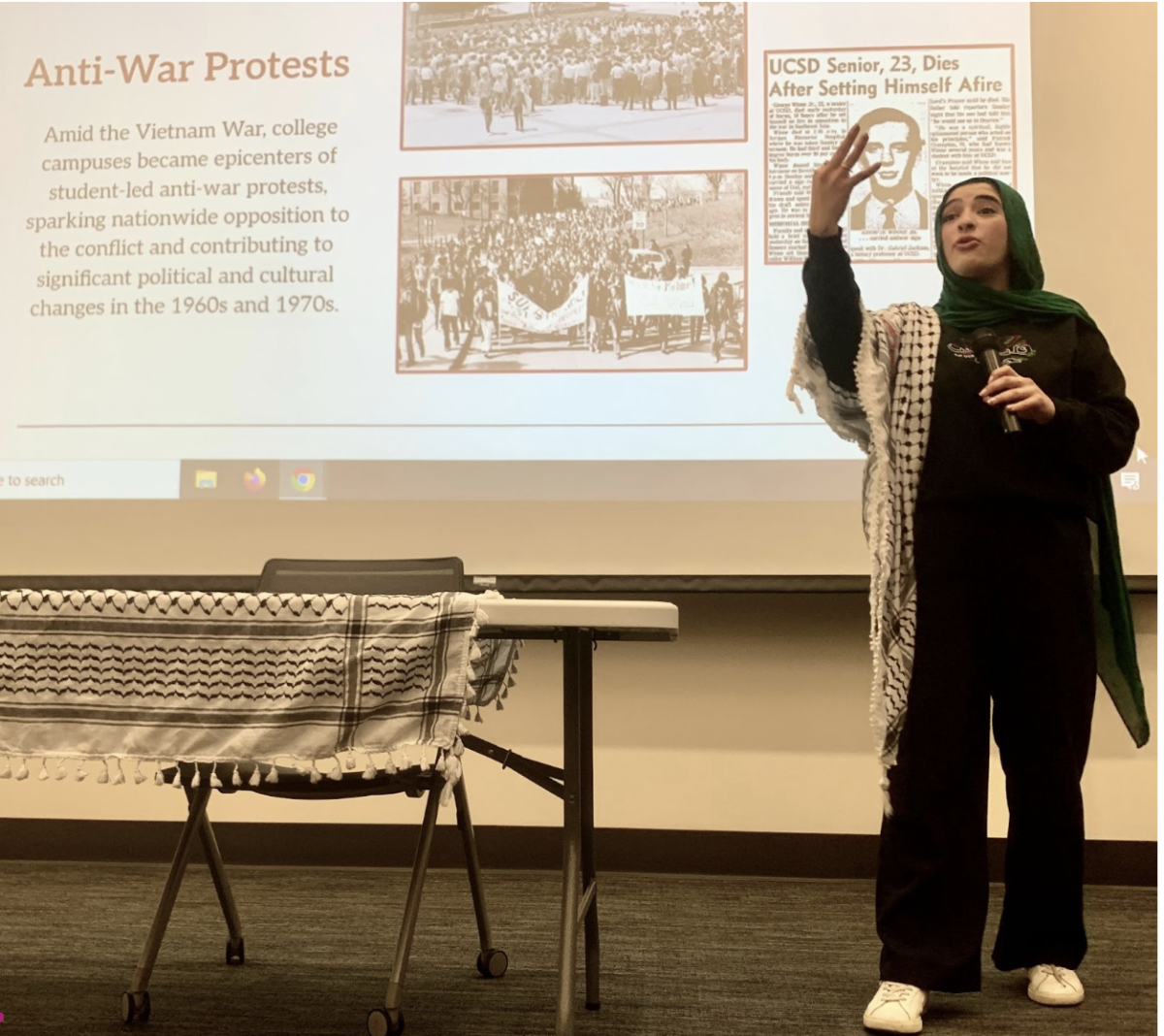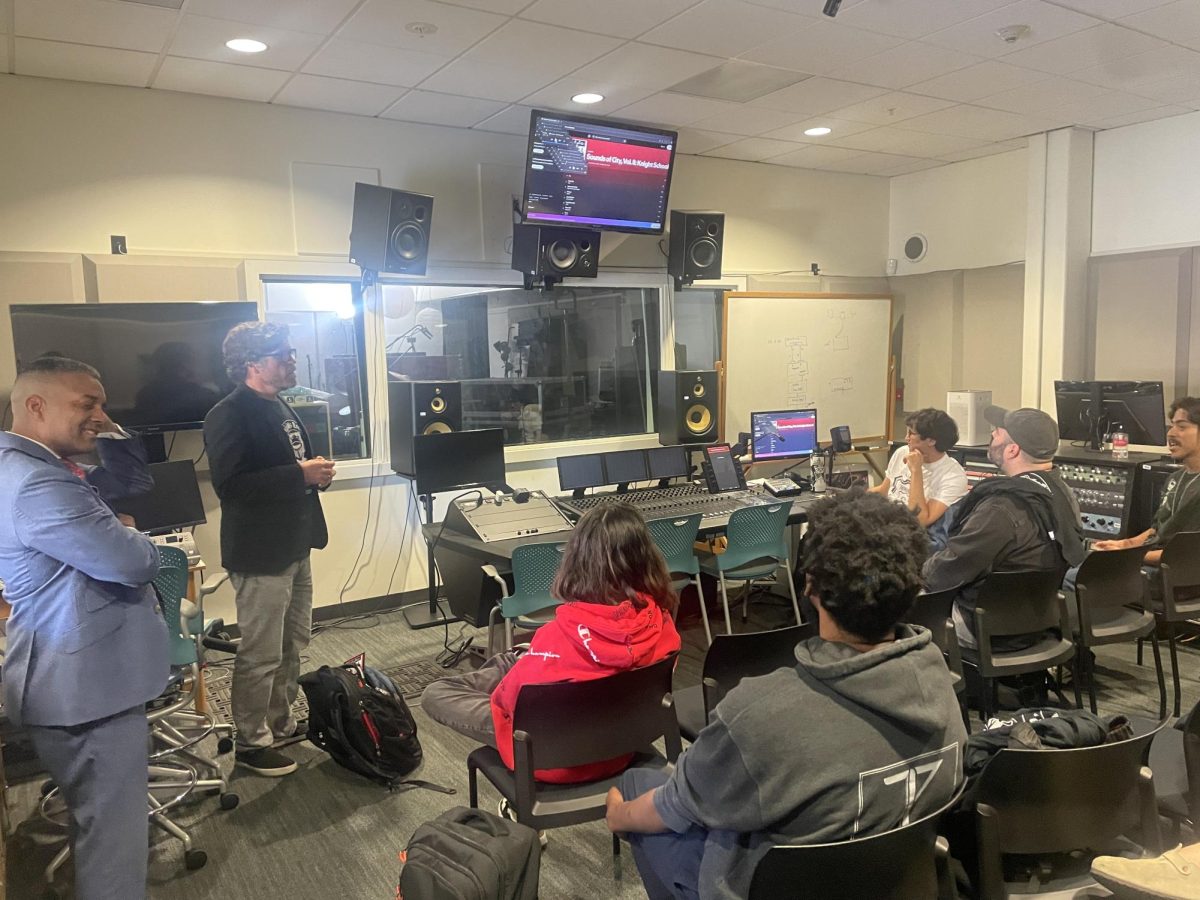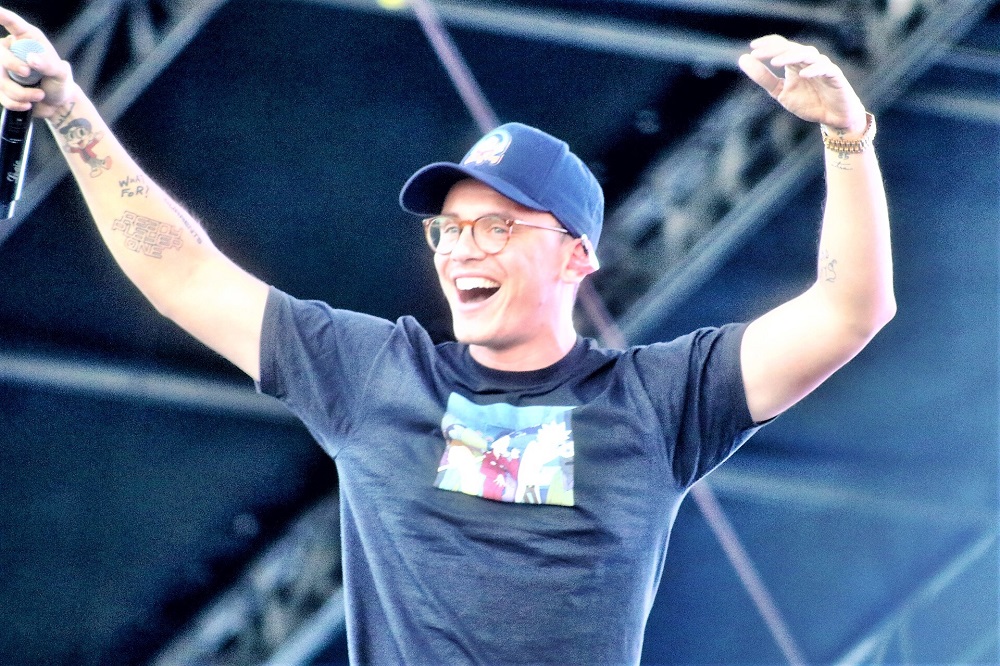With the theme “Chicano Park: Aztlan’s Jewel & A National Chicano Treasure,” the 43rd anniversary of Chicano Park attracted 2,000 to 3,500 people on April 20th.
The event included traditional music and dances, speakers, live bands, a lowrider car show, vendor booths and kids’ art workshops.
Chicano Park was listed in the National Register of Historic Places on
January 23, as it has a unique historical and artistic
importance not only to Barrio Logan, where it’s located, but globally.
“I think this is one of the years that we received a more diverse community… it is very diverse right now, you see white people, black people, Asians. I think it’s becoming more and more and more… I think it’s also because it became part of the national register, and I think that people are seeing Chicano Park like a cultural center. I’ve done this for many many years, this is one of the smoothest best shows; no fights; no anything. The time, it’s been great, we’re on time, all the bands are on time, it’s been awesome.” said Consuelo Manriquez, a principal at San Diego Unified School District.
“This is the first after 43 years, the first national historic celebration of a site that is both the park and the murals; and I believe that this is positive not only for the Chicano community, but for the nation.
“We are celebrating the actions of the San Diego City College student body, that came out of San Diego City College to create Chicano Park along with other students, after it was announced through the Mecha Central at City College,” said Salvador Roberto Torres, one of the original artists and muralists of Chicano Park.
“I feel that through dedication, through our dedication, that we have accomplished something that was almost impossible, and that is to build a park under a bridge, and to create murals on the pylons of the San Diego Coronado Bridge, this happened because of determination.
“Look at all the people here, they are here because we did this, they are here because the students out at City College came out and defeated the bulldozers, resisted, they resisted. I went to jail six times in the movement because I believe what we were doing is right” said Torres.
“Chicano Park Day is a great inspiration,” said Arturo Ruano Singh, a sculptor whose work is shown at the park. Singh was excited to see all the people walking around together.
Chicano Park Day welcomed families and friends for entertainment, to admire the murals and to celebrate one more year of art, culture and history.
“It’s really cool to come here and see all the live music and dances, I think it’s very nice to have all of these because it’s good for people to learn more about Chicanos and the Chicano culture” said Pedro Leon, one of the attendees.
Torres has a very clear vision for the future of Chicano Park: “See all those pillars, there are going to be painted all the way to the bay and across the Coronado; and I’m advocating that we do tiles and mosaics. I’m advocating that we study the bridge carefully, for its light sources like the sunlight, like the nightlights.
“I’m advocating that there be a tram underneath there, a tram, and as it goes across it talks about each column, I’m advocating that a monorail be put on top of the bridge, a monorail, so it goes fast, eliminates all the traffic, all the congestion, a monorail, and the monies from the tram should come to the kiosco so we can have more talent like these, so we can have more danza, musica, teatro, seminars, open seminars, public seminars about who we are with questions and answers by the speakers, and to the gardens.
“We want good gardens here, we want indigenous plants, San Diego City College brought three peach trees, plum trees, epeca trees and they had flowers and little by little people came and they destroyed them, I visualize flowering trees here, I visualize gardens that would be unique, I visualize an information center here where people would come and they have a smartphone, look into the information center and tells you who painted this how much did it cost how many people were involved, not one artist, the whole community was involved, who gave us food who brought water who brought the hoses who moved the scaffolds, not one man.
“It’s a community and it shows unity, and this is what we are all about, this is what this is about. I visualize the Cesar Chavez parkway close all the way down to the bay, closed with booths, with music, with art, not just to exploit our community, not just to sell things to make money, but a lot of this things here are very well made, quality sculptures quality crafts, that’s what I visualize.”

